Article of the Month, January 2023
Dear friends and colleagues,
The article of the month for January 2023 is
Thilen SR, Weigel WA, Todd MM, Dutton RP, Lien CA, Grant SA, Szokol JW, Eriksson LI, Yaster M, Grant MD, Agarkar M, Marbella AM, Blanck JF, Domino KB. 2023 American Society of Anesthesiologists Practice Guidelines for Monitoring and Antagonism of Neuromuscular Blockade: A Report by the American Society of Anesthesiologists Task Force on Neuromuscular Blockade. Anesthesiology. 2023 Jan 1;138(1):13-41. doi: 10.1097/ALN.0000000000004379.
The ASA guideline parallels the European Society of Anaestheesiologists document
Fuchs-Buder T, Romero CS, Lewald H, Lamperti M, Afshari A, Hristovska AM, Schmartz D, Hinkelbein J, Longrois D, Popp M, de Boer HD, Sorbello M, Jankovic R, Kranke P. Peri-operative management of neuromuscular blockade: A guideline from the European Society of Anaesthesiology and Intensive Care. Eur J Anaesthesiol. 2023 Feb 1;40(2):82-94. doi: 10.1097/EJA.0000000000001769.
Both documents represent an important guideline and a significant step forward in patients' safety and in structured organization and planning of airway management.
Theoretically, since now on, no intubation, either planned or in emergency, should be performed without neuromuscular blocker once the decision of sedating the patient and suppressing spontaneous breathing has been undertaken. Muscular paralysis improves ventilation, laryngoscopy, first pass success and, verisimilarly, placement and ventilation with a supraglottic device and with cricothirothomy.
The real point is then, should I suppress spontaneous breathing? How important, and in which terms (anatomical, physiological...) should I predict (difficult) airway management?
I invite you to read both documents, and to trigger discussion with colleagues, on a really hot topic discussed in two very well designed clinical guidelines.
Massimiliano Sorbello
